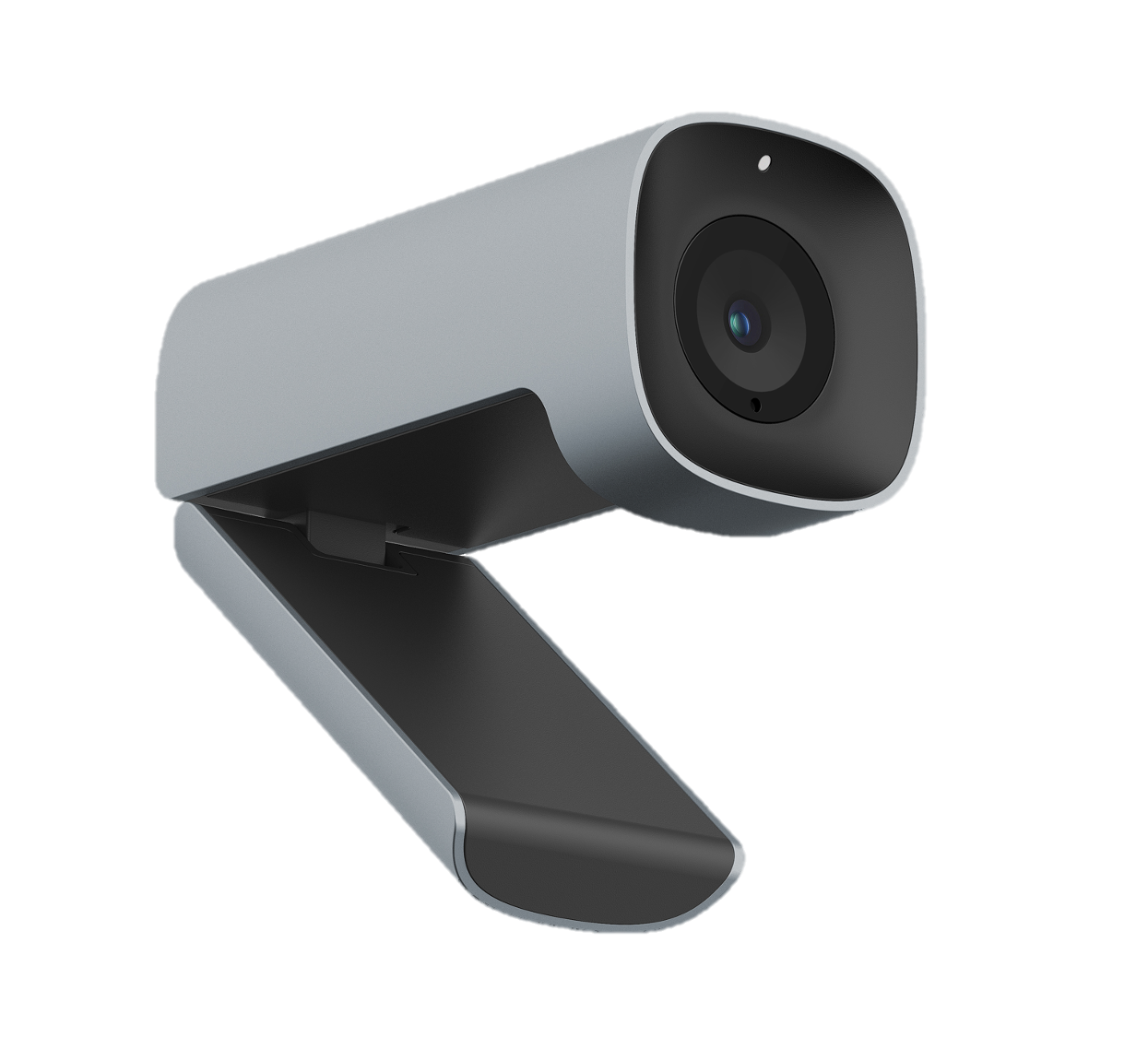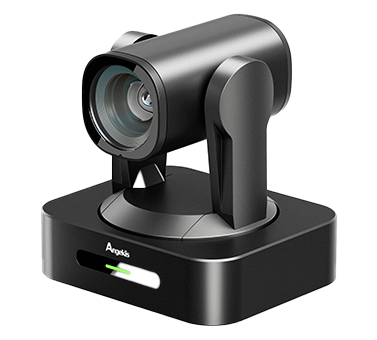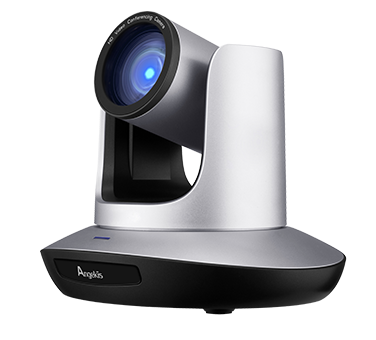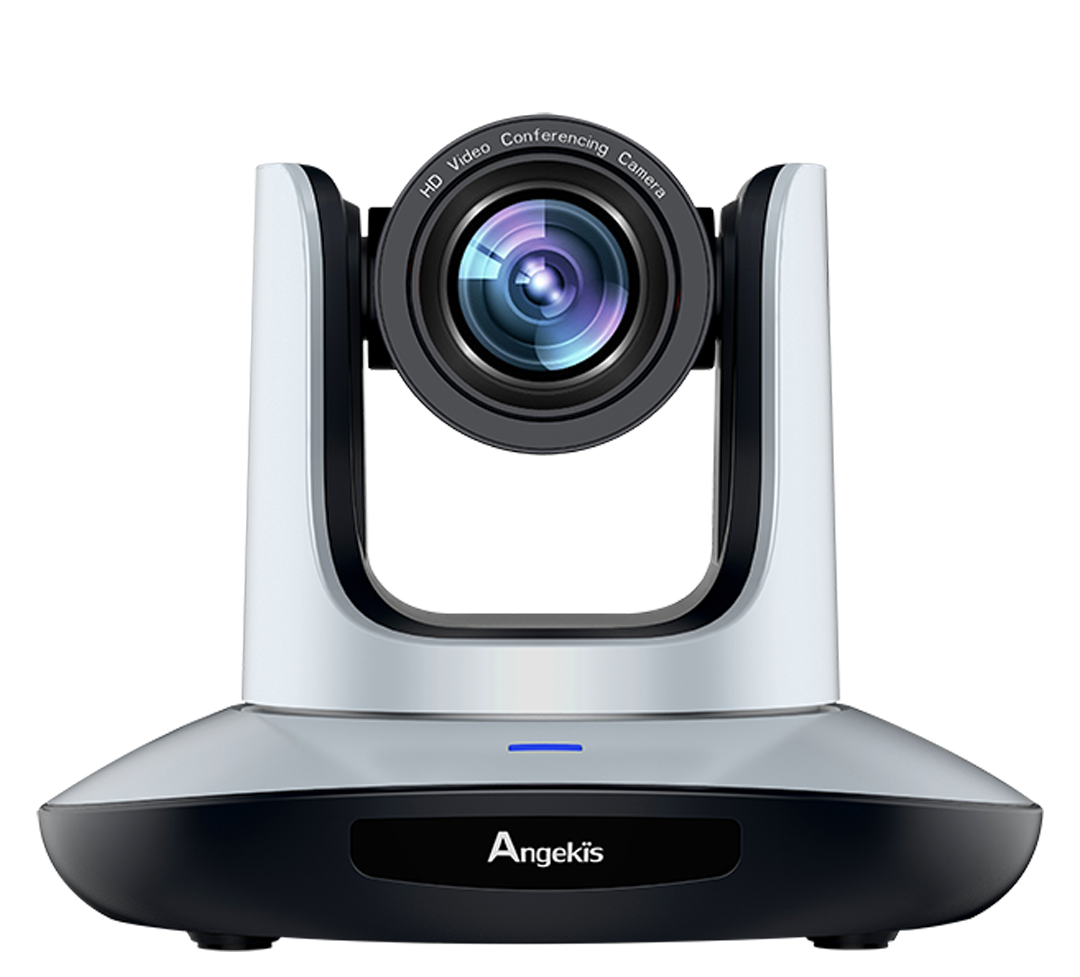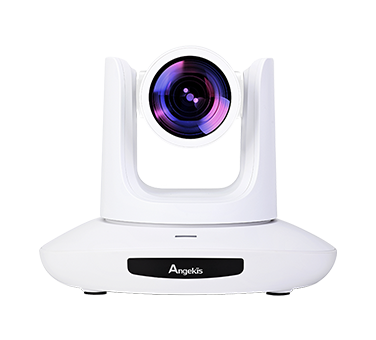The Difference between Video Conferencing and Teleconferencing
1. Stability of video conferencing and teleconferencing
Stability is a very important item in the process of corporate video conference calls, and is directly related to the experience of the video conferencing process. At present, the teleconferencing is mainly realized through the PSTN line, that is, the traditional telephone network, and there will be no problems in stability. On the other hand, the video conferencing mainly uses network transmission, which is very dependent on the network environment. At present, qualified enterprises will set up dedicated networks when using video conferencing to ensure the stability of video conferencing. However, most other small and medium-sized enterprises can only use the traditional IP network, and stability is not guaranteed, and occasionally problems such as video interruption, signal delay, and sound intermittent may occur.
2. Functionality of video conferencing and teleconferencing
Functionality mainly refers to whether the video teleconference system contains relevant meeting auxiliary functions. At present, traditional teleconferences can only meet simple meeting voice requirements, and related auxiliary functions are few and inconvenient to use. In contrast, video conferencing is well implemented in basic meeting auxiliary functions such as document sharing, data sharing, meeting grouping, meeting video recording, and electronic whiteboard. Many video conference solution providers can also customize functions according to customer requirements.
3. Security of video conferencing and teleconferencing
Some companies also have requirements for the security of video conferencing. In terms of security, the signal of the conference call uses the PSTN telephone line provided by the telecom operator, which has high security; the signal of the video conferencing mostly uses the broadband network. Although encryption is also used, the openness of the network is significantly greater than the telephone line. Enterprises with conditions can also build private networks, which are more secure than ordinary IP networks.
4. Cost of video conferencing and teleconferencing
Cost is an important factor that companies have to consider when selecting models. At present, there are many ways to build a video teleconference system: if an enterprise chooses to purchase equipment to build it, the cost of hardware-based video conferencing is higher, and the price generally ranges from tens of thousands to hundreds of thousands, and the cost of large room video conferencing systems may be high. Compared with it, the cost of teleconference is much lower, because the teleconference system basically does not need to deploy specialized hardware equipment.
However, a new type of "cloud video conferencing system" has also emerged. This type of system is generally deployed in public cloud servers. Users only need to rent the system on demand, pay according to the length of use and usage, and do not need to deploy hardware. The cost is also very low.
Generally speaking, the cost of traditional teleconferencing systems is relatively low, while videoconferencing systems need to be discussed separately: general hardware-based videoconferencing equipment is expensive and will be more suitable for large enterprises; compared with software videoconferencing systems (It is also one of the products provided by Angekis Technology Co., Limited) The cost is appropriate, and the price-performance ratio is the most appropriate than the enterprise.


